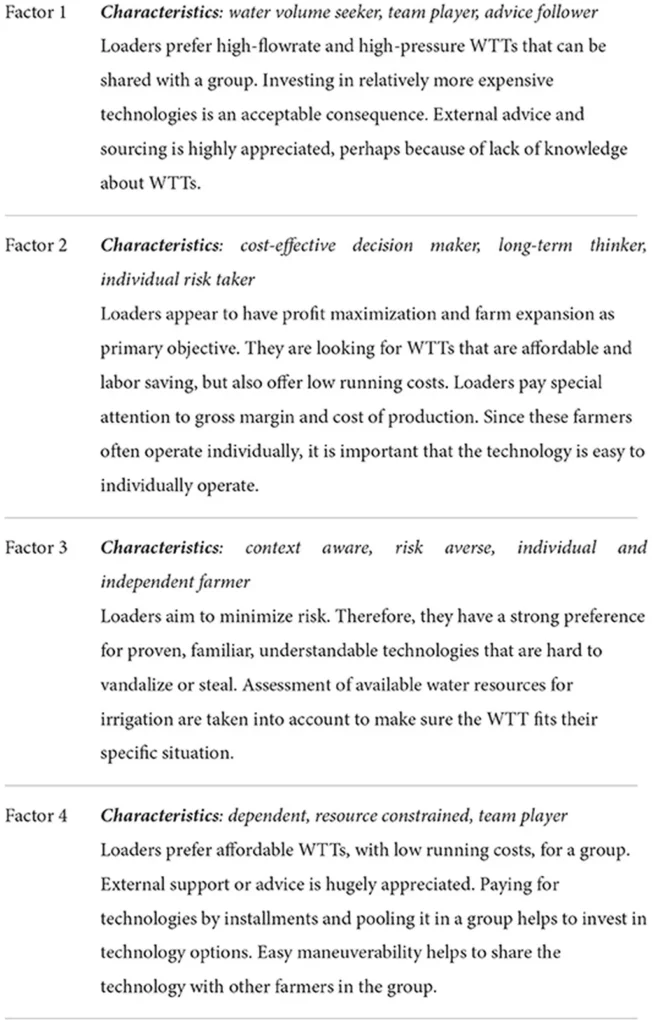In the heart of New York, researchers at Cornell University are unraveling a puzzle that could reshape how we understand smallholder farmer decision-making, with implications that stretch far into the agricultural and energy sectors. Kurt Waldman, a lead author from the Department of Global Development at Cornell University, has been delving into the discrepancies between what farmers believe and what the data shows, and the findings are as intriguing as they are practical.
The study, published in the journal ‘Environmental Research Letters’ (which translates to ‘Letters on Environmental Research’), explores how smallholder farmers perceive changes in their environment and how these perceptions influence their decisions. This is not just about understanding farmers’ views but also about bridging the gap between their perceptions and the observational data collected through remote sensing technologies.
Waldman and his team found that farmers often rely on heuristics—mental shortcuts that ease the cognitive load of decision-making. These heuristics are shaped by personal experience, cultural norms, and social networks. “Farmers are not just reacting to immediate environmental cues; they are interpreting these cues through a lens shaped by their past experiences and the information they receive from their communities,” Waldman explains. This cognitive process can lead to discrepancies between what farmers believe and what the data shows.
For instance, a farmer might notice that a particular crop variety performs well in a given season and decide to plant more of it the following year, even if the observational data suggests that the variety is not the most productive. This discrepancy is not a sign of irrationality but rather a reflection of the complex decision-making process that farmers undergo.
The implications for the agricultural and energy sectors are profound. Understanding these cognitive processes can help in designing more effective interventions and policies. For example, energy companies investing in agricultural projects can use this knowledge to tailor their approaches, ensuring that their initiatives align with farmers’ perceptions and decision-making processes. This alignment can lead to more successful projects and better outcomes for both farmers and investors.
Moreover, this research highlights the importance of integrating cognitive science into agricultural and environmental research. By understanding how farmers think and make decisions, researchers can develop more effective strategies for climate adaptation and agricultural productivity. “This is not just about improving data collection or technology; it’s about understanding the human element,” Waldman emphasizes.
The study also underscores the value of remote sensing technologies in providing objective data that can complement and challenge farmers’ perceptions. By combining these technologies with a deeper understanding of cognitive processes, researchers can create a more comprehensive picture of the agricultural landscape.
As we look to the future, this research could shape the development of new tools and technologies that better support smallholder farmers. From AI-driven decision support systems to community-based knowledge-sharing platforms, the possibilities are vast. The key lies in bridging the gap between perception and data, creating a synergy that benefits both farmers and the broader agricultural and energy sectors.
In the end, this research is a reminder that understanding the human element is crucial in addressing the complex challenges of agriculture and climate change. By integrating cognitive science into our approaches, we can create more effective, sustainable, and inclusive solutions that benefit everyone.

